The Feynman method as an effective learning tool
In the series on personal knowledge management, I made use of a technique called the Feynman method. As this method is actually a general technique not only for note-taking, it also excels as an excellent and effective learning tool, I’d like to discuss it in a little more detail.
The Feynman method
The Feynman method is a practical tool when you are exploring and processing new knowledge. It is not limited to new topics and content from lectures in your studies. You can apply it to any new knowledge you’d like to better and fully understand. It consists of the following steps:
- Take a blank sheet of paper and a pen
- … or create a new document with the texteditor of your choice. Imagine that you would have to explain a specific topic to someone, who absolutely knows nothing about it.
- Set an appropriate title
- Carefully think about a title for your document. It should exactly describe the topic you’d like to write about. This is an important step, as you really have to think about what you actually want to write about. The title already directs the content of your document.
- Start to write about the topic and track your knowledge gaps
- Start to write the actual text by describing the topic – in your own words and still keeping in mind to explain the topic to someone, who absolutely knows nothing about it.
- While writing, you may notice gaps in your knowledge. Keep track of them and write them down on a separate sheet of paper.
- Research and fill out all knowledge gaps
- After finishing the first draft, look up all tracked knowledge gaps. Try to answer them as short and precise as possible and add your answers to your text.
- The research of knowledge gaps could even lead to writing documents on other topics as well.
- Review and further simplify
- Review your text. If it still sounds too complicated, try to further simplify it. The review process can involve multiple iterations. Still imagine you would explain it to someone, who knows nothing about the topic. When you are fully satisfied, you’re done.
- You could set up a filing system in which you collect all your research documents.
- You could also discuss it with someone else, present it, add it to our thesis or an article, or you post it on your blog.
Background
Richard Feynman found that learning should not be about remembering difficult topics. It should rather be about making things easier and really understanding them. If you just try to remember knowledge, you can indeed pass your exams by just repeating the keywords, basic facts, theories and concepts – but you’d never really understand what they are about, how a certain topic is constituted, how it could be related to other topics and how to transfer and apply the knowledge to a new problem. Processing knowledge by the Feynman method will help you to really understand topics. The biographer Jame Gleick wrote about Feynman on this point:
[He] opened a fresh notebook. On the title page he wrote “Notebook of things I don’t know about”. … He worked for weeks at disassembling each branch of physics, oiling the parts, and putting them back together, looking all the while for the raw edges and inconsistencies. He tried to find the essential kernels of each subject.
– James Gleick, Genius: The Life and Science of Richard Feynman, Pantheon, 1992
When Feynman came across a publication or something that interested him, he wanted to understand it. If the subject of matter contained, e.g., some mathematical technique he didn’t know, he worked on it until he learned. By applying his method of learning, you will soon not only learn the underlying subject, you will also be able to easily replicate it. This will later help you to solve your own problems and to create new knowledge based on your so far gathered and deepened understanding.
The 5 Rs
The Feynman method consists of the general steps reduce, recite and reflect. These are three of the five steps (“5 Rs”) of another technique for taking lecture notes, called the Cornell methodꜛ:
- Record
- Record all meaningful facts and ideas during the lecture.
- Reduce
- After the lecture and as soon as possible, summarize these fact and ideas. Doing this clarifies meaning and relationships, reinforces continuity and strengthens your memory.
- Recite
- Recite the notes in your own words.
- Reflect
- Draw out opinions from your notes and use them as a starting point for you own reflection on the course and how it relates to other courses.
- Review
- Spend a set amount of time every week for a review of your notes. This will help you to retain most of what you have learned.
The Cornell Note template helps you to better organize all these steps on a single sheet of paper:
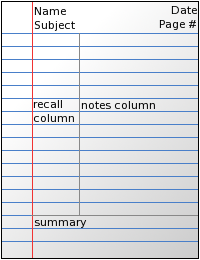 Cornell Notes template. (Sourceꜛ)
Cornell Notes template. (Sourceꜛ)
A practical guide for this method can be found hereꜛ (University of St. Thomas Academic Support Center) or in Chapter 10 of Walter Pauk and Ross J.Q. Owens, How to Study in College, 2010, Wadsworth Publishing, ISBN 10: 1439084467.
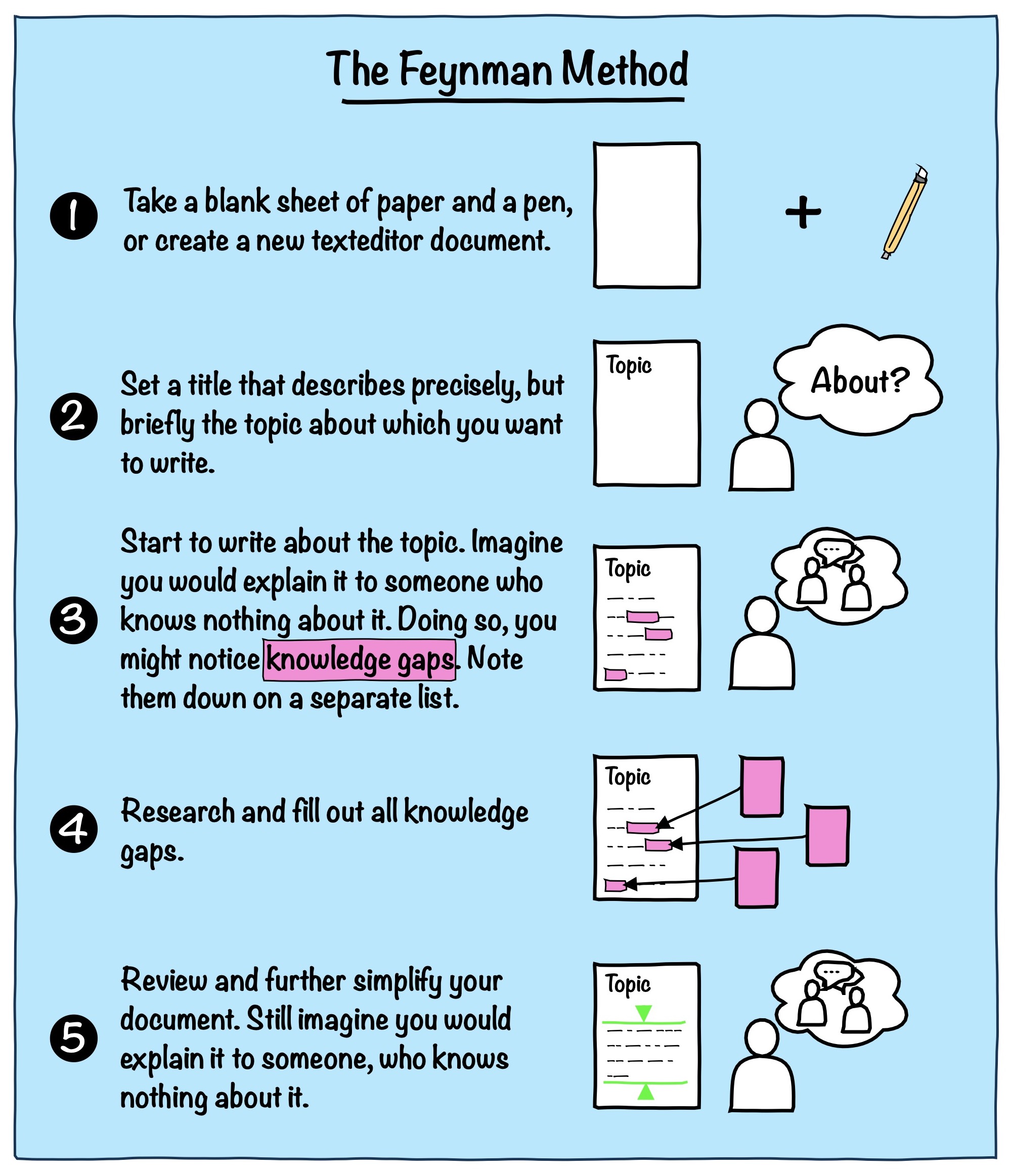
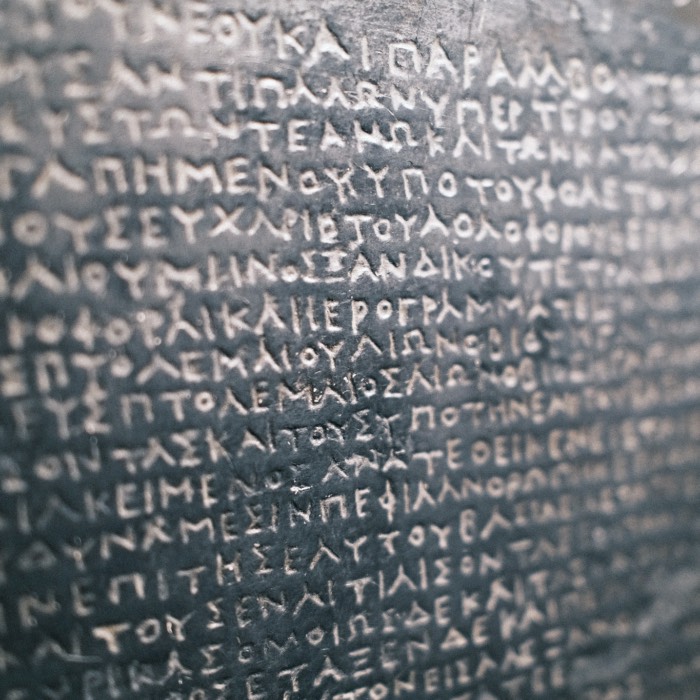

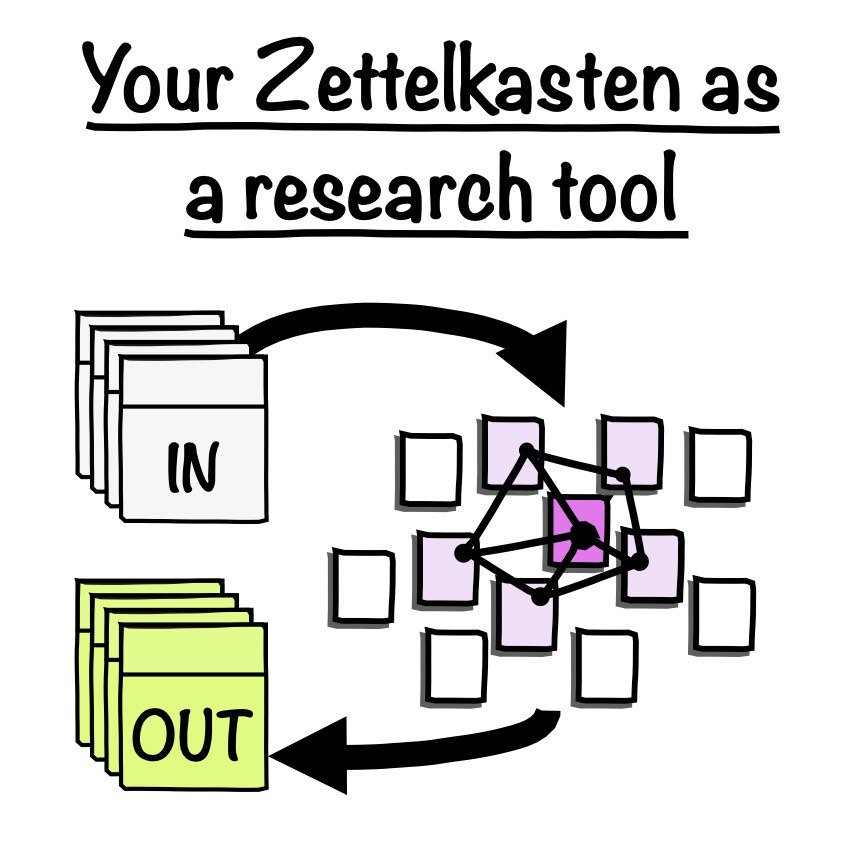
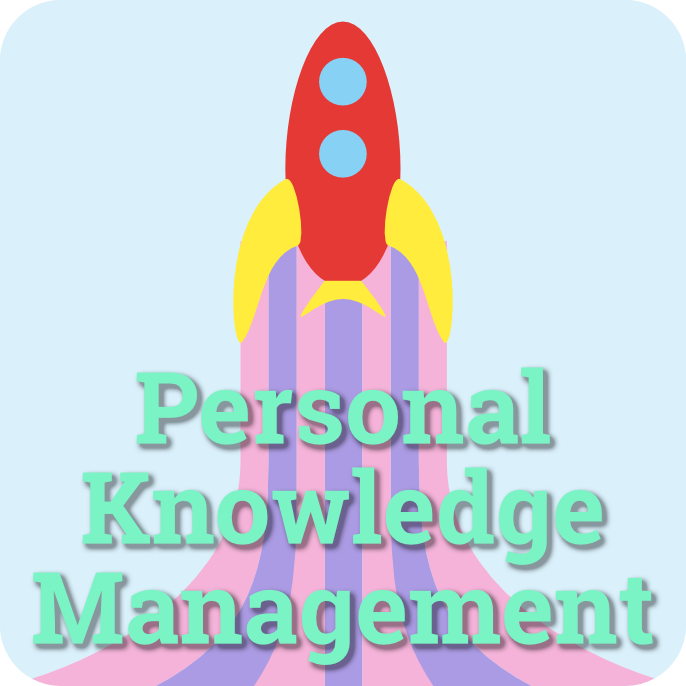
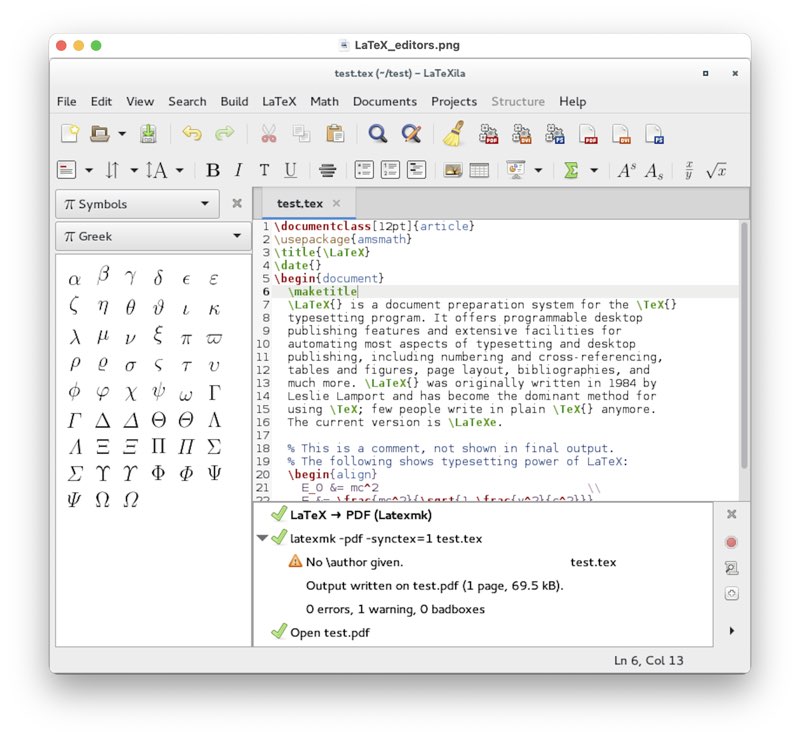
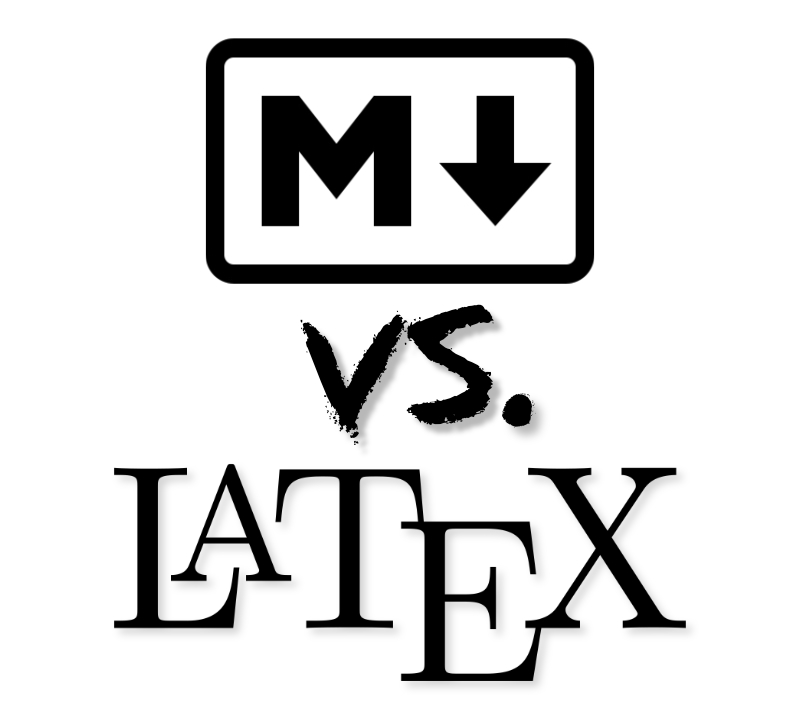
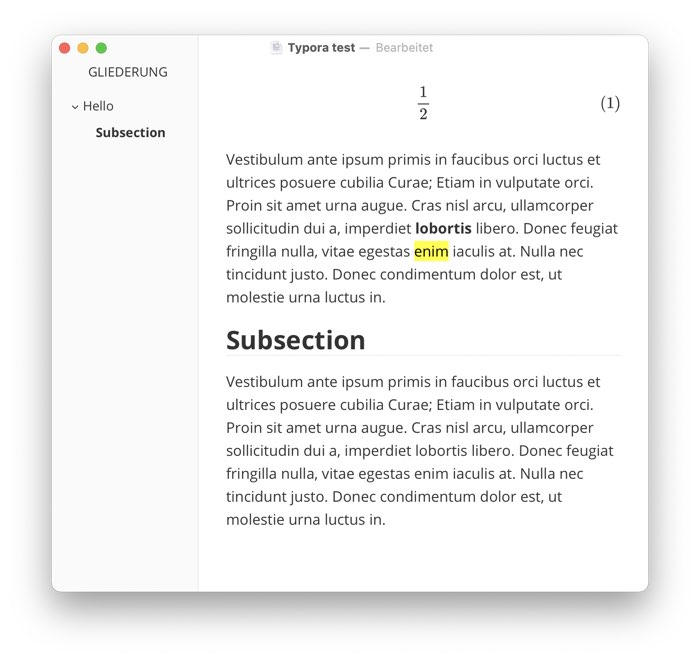
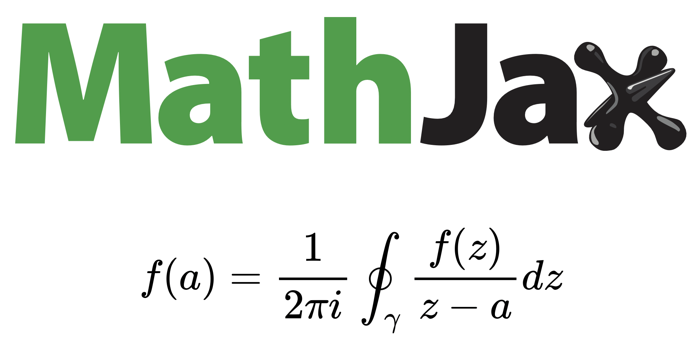

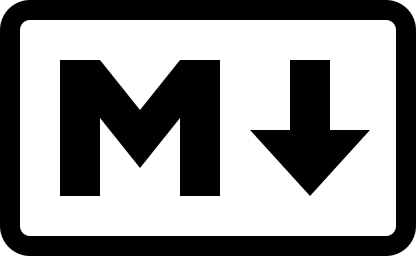
comments